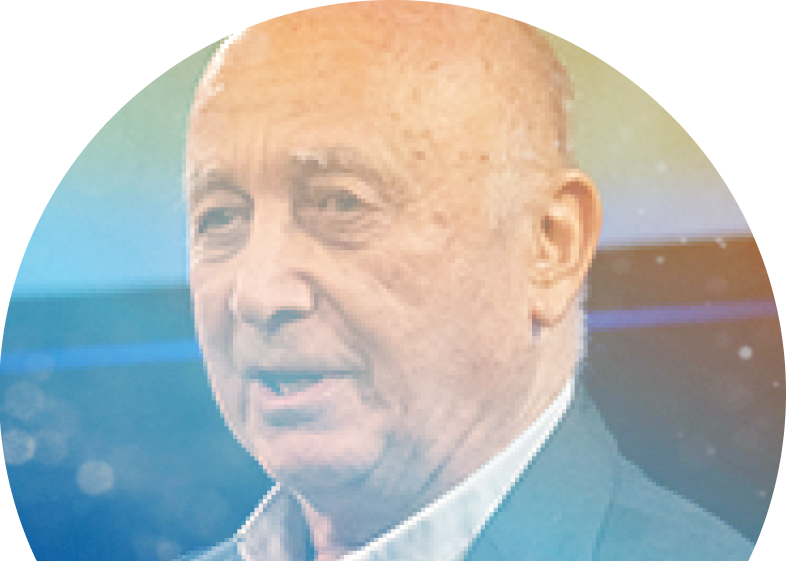From Discovery to Dedication
Jean-Paul's solid-state fusion journey began when he discovered his passion for hands-on science and a deep curiosity for understanding how things worked. While he initially explored various scientific disciplines like engineering, it was his fascination with experimental physics and research that he ultimately wanted to explore. In 1989 when he learned about Fleischmann and Pons’ cold fusion breakthrough, what Jean-Paul calls the “discovery of the century”, he knew he wanted to be a part of it.
After meeting with Francis Forrat, an engineer at the French Atomic Energy Commission in Cadarache in 1993, Jean-Paul had the opportunity to start work in solid-state fusion at the Lawrence Berkeley National Laboratory (LBL) in Berkeley. Forrat had innovative ideas about pursuing LENR doing electrolysis at high temperature with solid-state crystals instead of electrolysis in water-based electrolytes. Eager to contribute to this exciting field, Jean-Paul collaborated with Forrat on experiments where he could use his background in surface science. These experiments yielded positive results, fueling Jean-Paul's unwavering passion for exploring solid-state fusion, a journey that has continued for over three decades.
During the years following the 1989 discovery, discussing cold fusion was considered taboo. Jean-Paul likened the sentiments of the time to cold fusion being as otherworldly and outlandish as UFOs. Undeterred, Jean-Paul pursued his research in secret, driven by a belief in the immense significance of this discovery and passion for scientific exploration. He was determined to be a part of something monumental, comparing it to meeting someone as influential as Jesus in the year 31.
Jean-Paul’s first experiments at the LBL in 1993 needed a data acquisition system, but as his work was done unofficially, Jean-Paul “employed” his two teenage children. One was reading the voltage, and the other one reading the current. He obtained good enough data that convinced him there was something abnormal happening. For a while, commitment to his scientific pursuit became a family affair.
